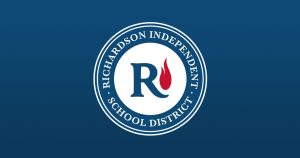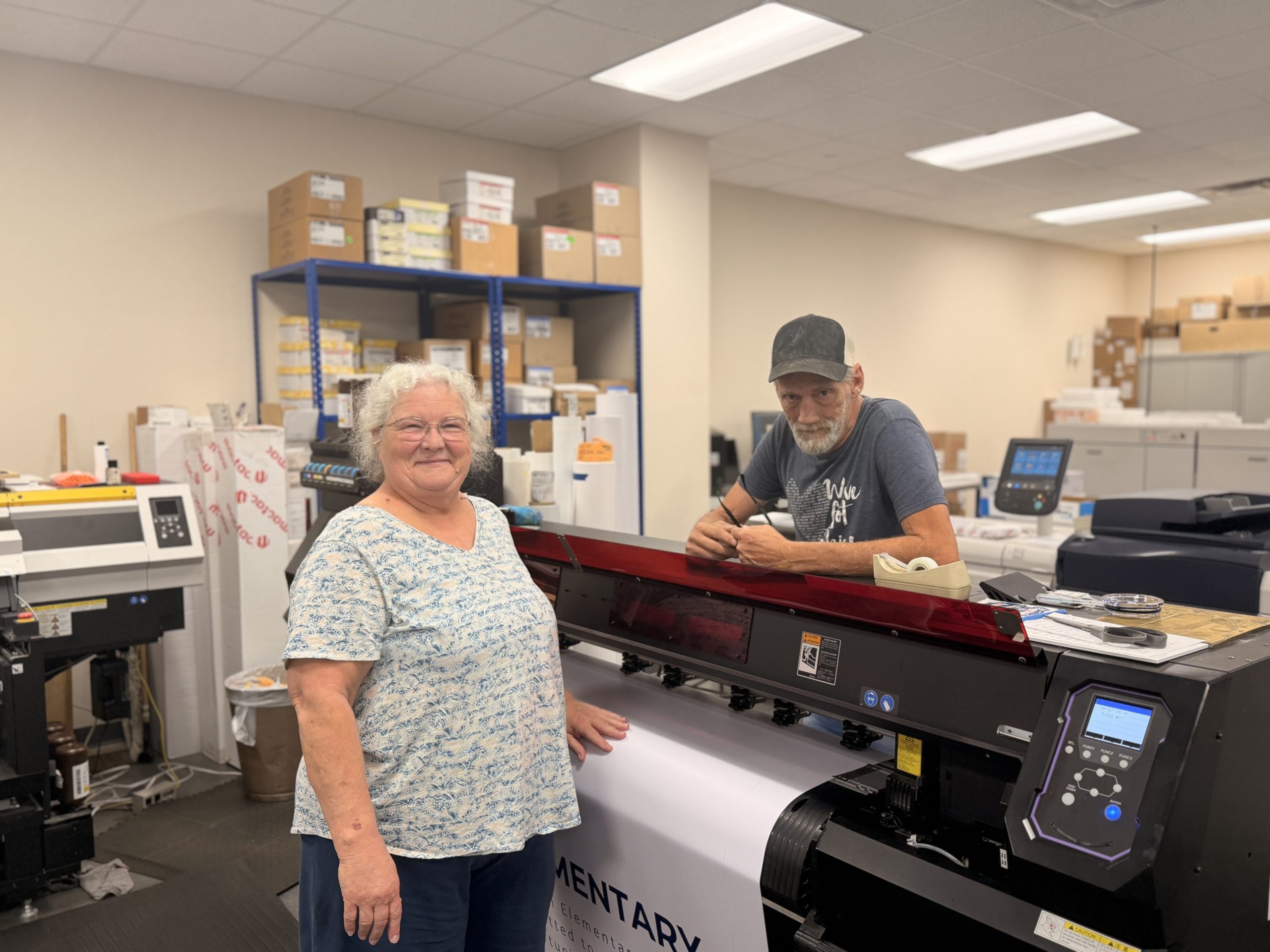During its 87th regular session, the Texas Legislature mandated all schools in the state adopt an accelerated learning plan for the 2021-22 school year that addresses the gaps in education that have been compounded by the pandemic.
In September, Deputy Superintendent Tabitha Branum provided the board with details of what the district is doing to tackle the COVID slide while also striving to meet the stated board goals for 2024.
“To accelerate learning for all RISD students, the district must support the whole child,” Branum said. “As many students reenter school buildings for the first time after 18 months of virtual learning, we know we need to have specific plans to reacclimate students to the classroom.”
Part of that plan at the elementary school level is to have a 25-minute block first thing in the morning to address the common start to the day such as having the teacher greet every student, taking attendance, campus announcements, cleaning up breakfast meals, getting accurate lunch counts, and allowing students time to adjust to being in class as part of their social and emotional wellness. This all goes to building a classroom culture wherein students are ready for a day of rich academic learning.
RISD is using ESSER funds to provide additional instructional materials, resources and human resources to support student learning. At the secondary level, a focus was placed on lowering class sizes in core content areas that are STAAR tested.
At elementary schools, the district is providing student interventionists and ESSER support teachers. Whether it is working with small groups or tailoring an instructional plan for a student, this team of educators is adept at enriching the education of all students. Teacher materials including hands-on manipulatives, phonics kits and many other resources were purchased to help make teacher planning more efficient and can give increased access to high quality materials to all students.
“RISD’s multi-tiered systems of support (MTSS) support teachers perform at their best to ensure student learning is happening for all students in the manner each student needs,” Branum said.
The district identifies exactly where students are on their educational journey through MAP, or Measures of Academic Progress, testing that occurs three times each school year.
“Knowing where students are academically allows teachers to access a tight curriculum to ensure students reach mastery of subject matter,” Branum said.



